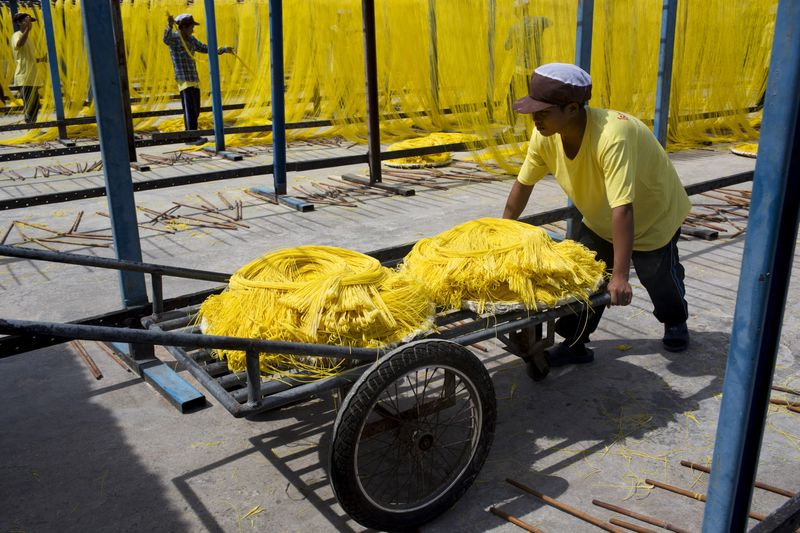The government’s ambitious Bt350 billion water and flood management plans will likely fail to be completed within the five-year deadline due to environmental hurdles and opposition from communities over land expropriation, the Engineering Institute of Thailand (EIT) warned yesterday.
The flood-management plans for dams, reservoirs, a massive diversion channel and retention areas would be required to undergo environmental and health impact assessments. The massive projects will also require the cooperation of local communities and will take up large amounts of land. These processes, especially environmental assessment, will take at least two years to complete for each project, the EIT said.
Moreover, some projects will take more than five years negotiate the land deals with locals in order to avoid lawsuits, said EIT chairman Suwat Chaopreecha.
“Generally, the contractors need at least two years to negotiate with local people and ask them to move from their land. It is not so easy to do that and start a massive project like this,” he said.
He was speaking at a seminar of water experts and engineers to discuss the pros and cons of the terms of reference (ToR) of the water and flood management plans approved by the Cabinet on Tuesday. The projects were distributed to the six contenders for contracts on Wednesday.
“I predict that this enormous water project will be impossible to complete within five years,” Suwat said. “If Deputy Prime Minister Plodprasob Suraswadi, who oversees the Water and Flood Management Commission, can complete all these projects within the deadline, we will create a monument to pay the tribute to him as he has done something good for country.”
As an example of how long such mega-projects can take, Suwat cited the Mae Wong Dam in Nakhon Sawan, which has been in the planning stages for more than 30 years but has yet to be approved by the Office of Natural Resources and Environmental Policy and Planning (ONEP), due to incomplete environmental assessments.
Bancha Kwanyeun, associate professor and dean of Kasetsart University’s Faculty of Engineering, said the biggest project – the flood diversion channel – also faces the biggest hurdles, because of the massive amount of land needed.
The channel, which would in effect become Thailand’s third-largest river and drain parts of the Chao Phraya River basin at a rate of 1,500 cubic metre per second, would require expropriation of at least 10,000 rai. It would affect communities in Nakhon Sawan, Chai Nat, Ang Thong, Nakhon Pathom, Suphan Buri, Ratchaburi, Kanchanaburi, Samut Prakan and Samut Sakhon.
“It won’t be easy to tell local people to accept the compensation for the land expropriation and locate to another area,” he said.
Instead of building the diversion channel, Bancha suggested eliminating bottlenecks in the river, such as in Ayuthaya’s Bang Ban district.
“It is not necessary to build the flood diversion channel. All government has to do is destroy the river bottlenecks and improve the river’s capacity to drain water,” Bancha said.
Other projects, such as the “monkey cheek” water-retention areas will also face opposition from local residents.
Hannarong Yaowalert, president of the Foundation for Integrated Water Management, said the water and flood management plans are likely unconstitutional, and he will submit a petition to Plodprasob to review the bidding processes for all the projects.
Source: http://www.nationmultimedia.com/national/Flood-plans-doomed-to-fail-engineers-warn-30202462.html

